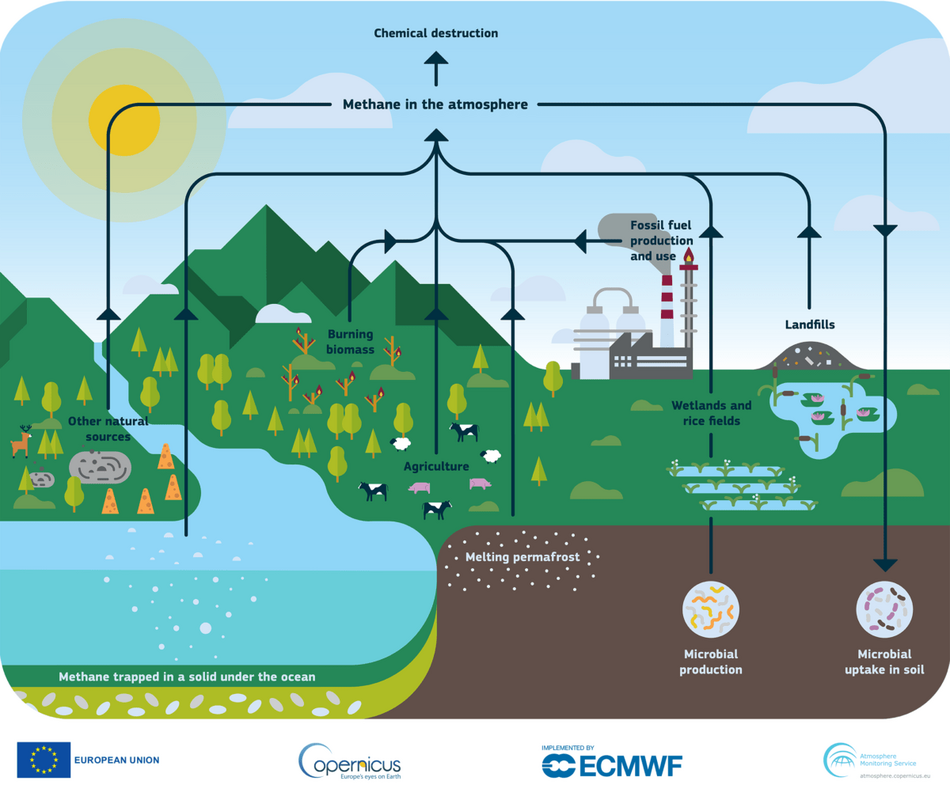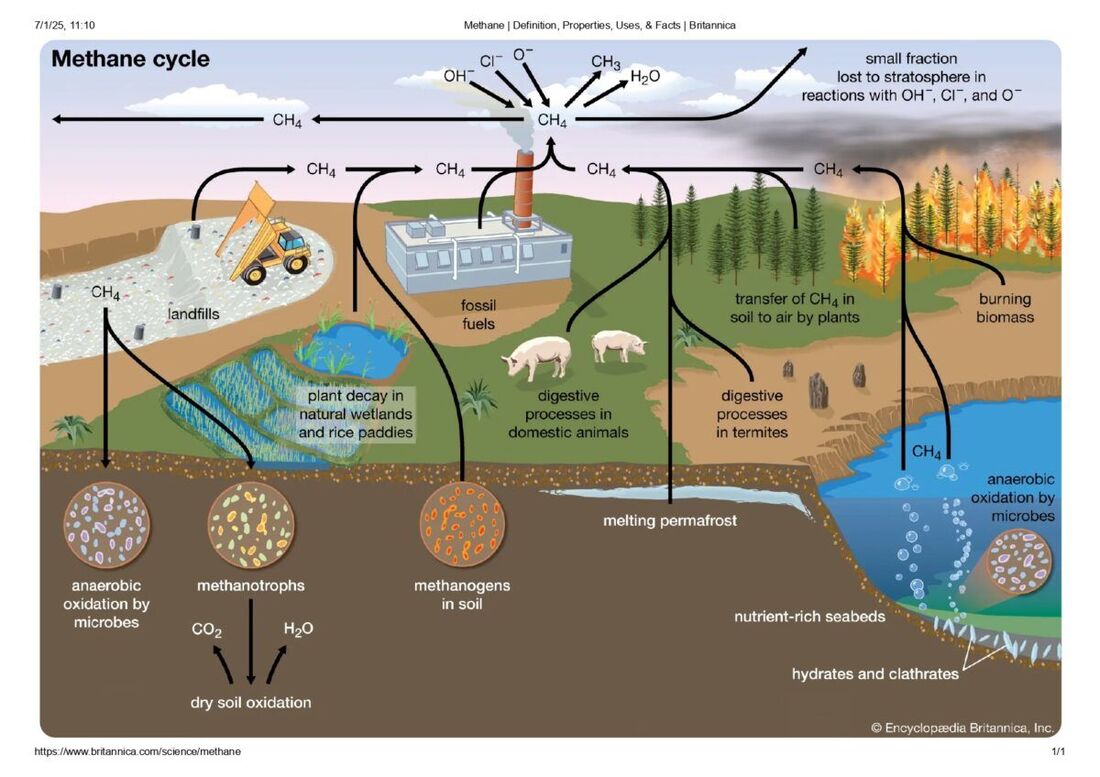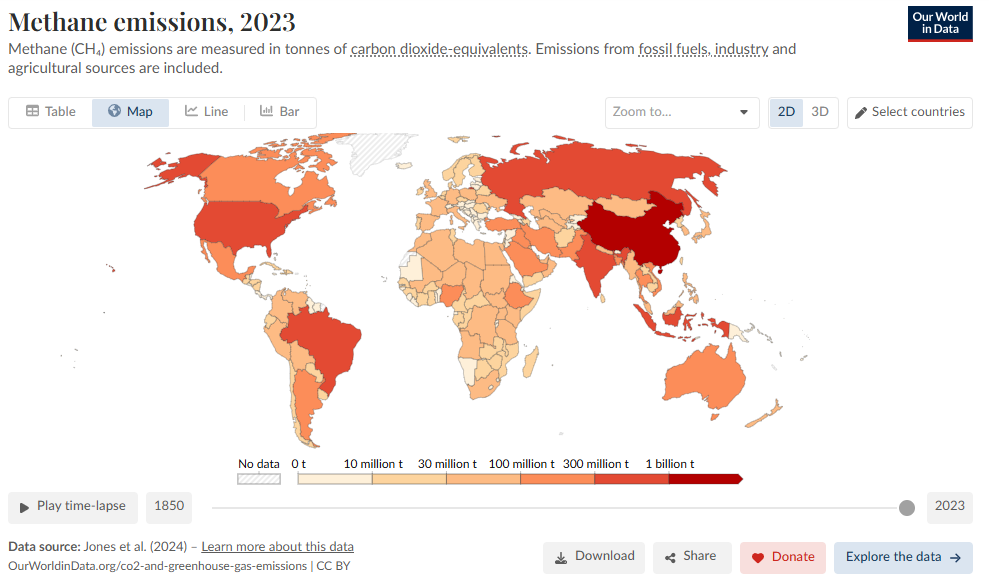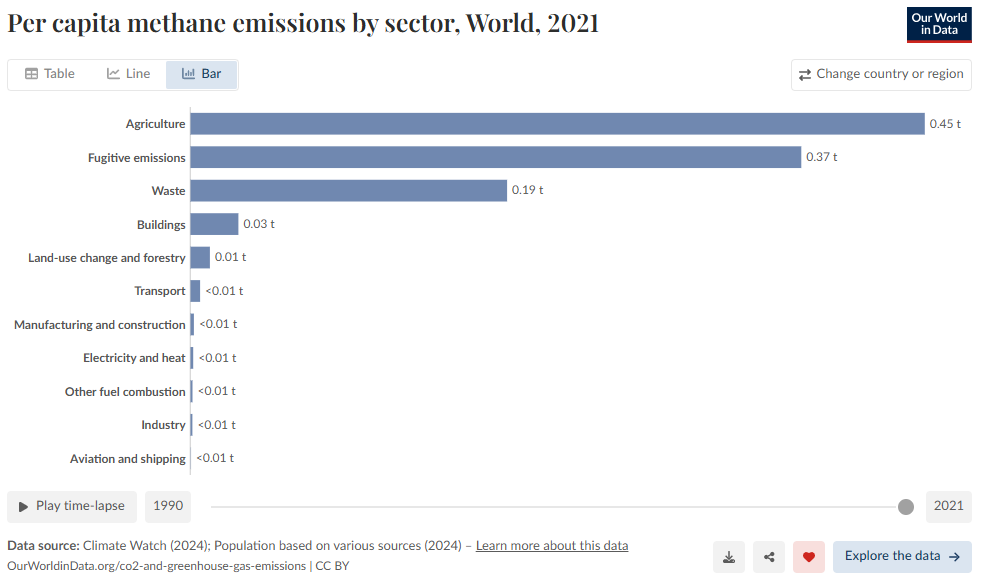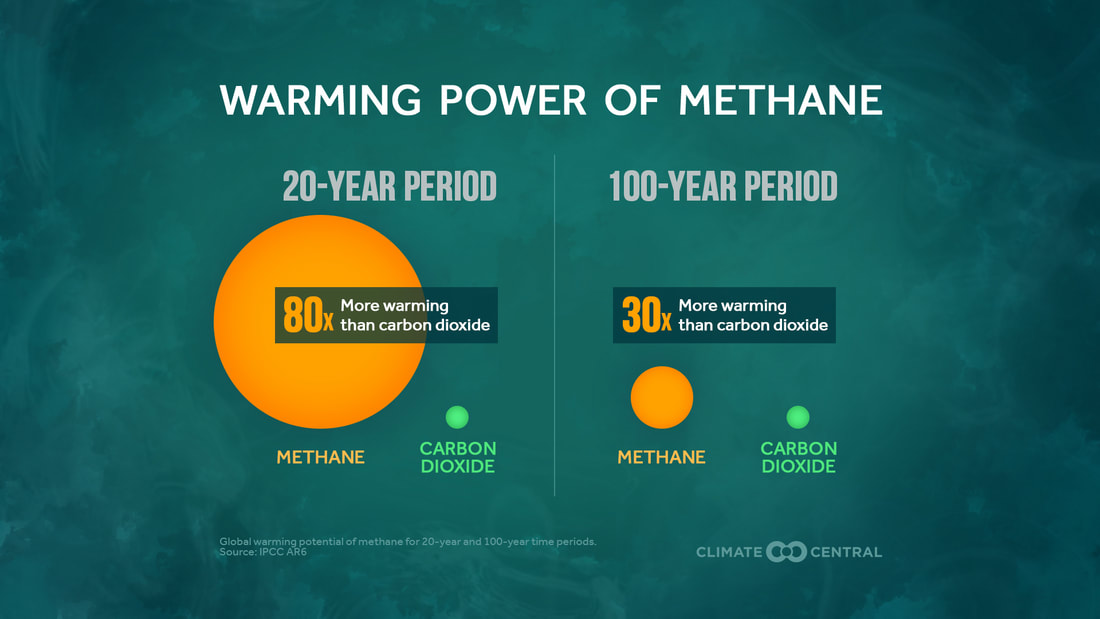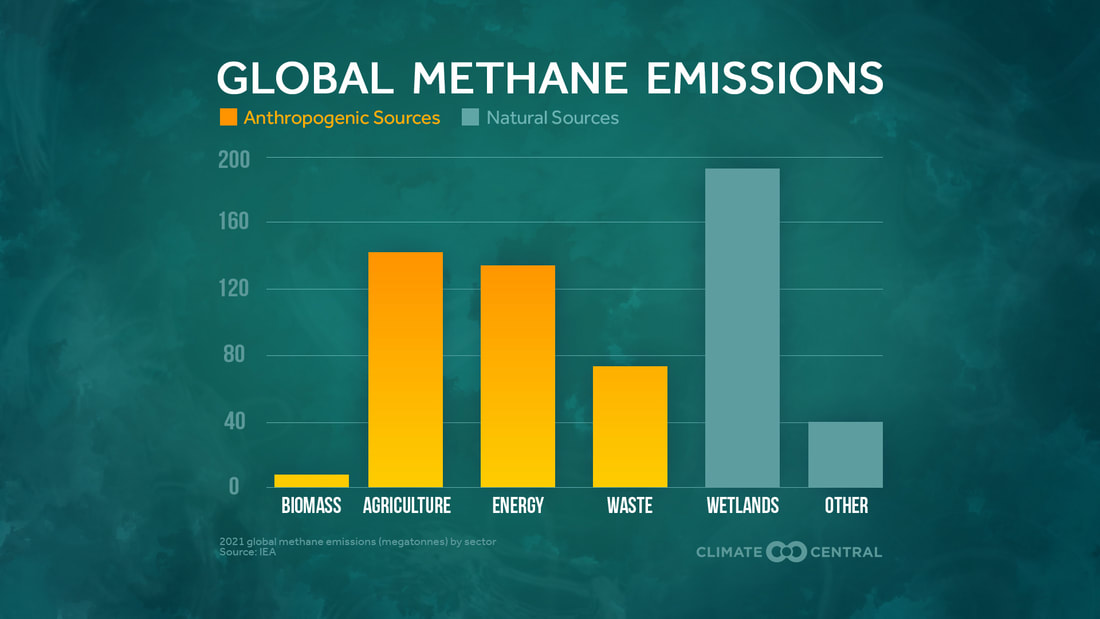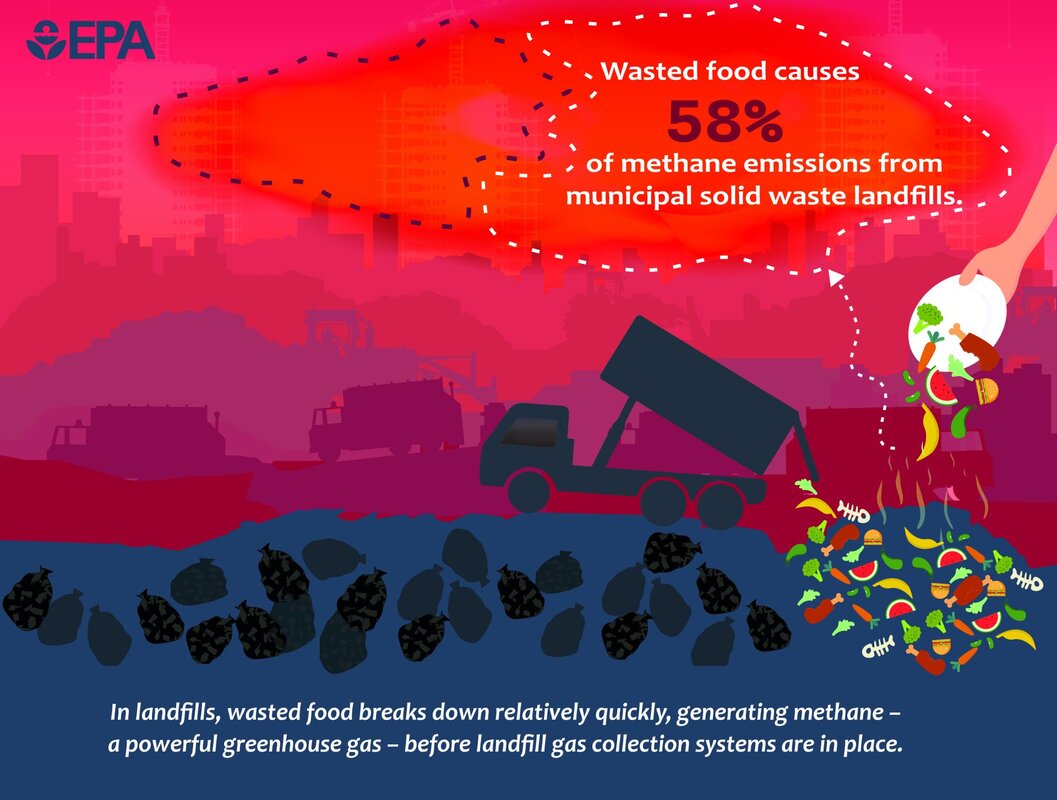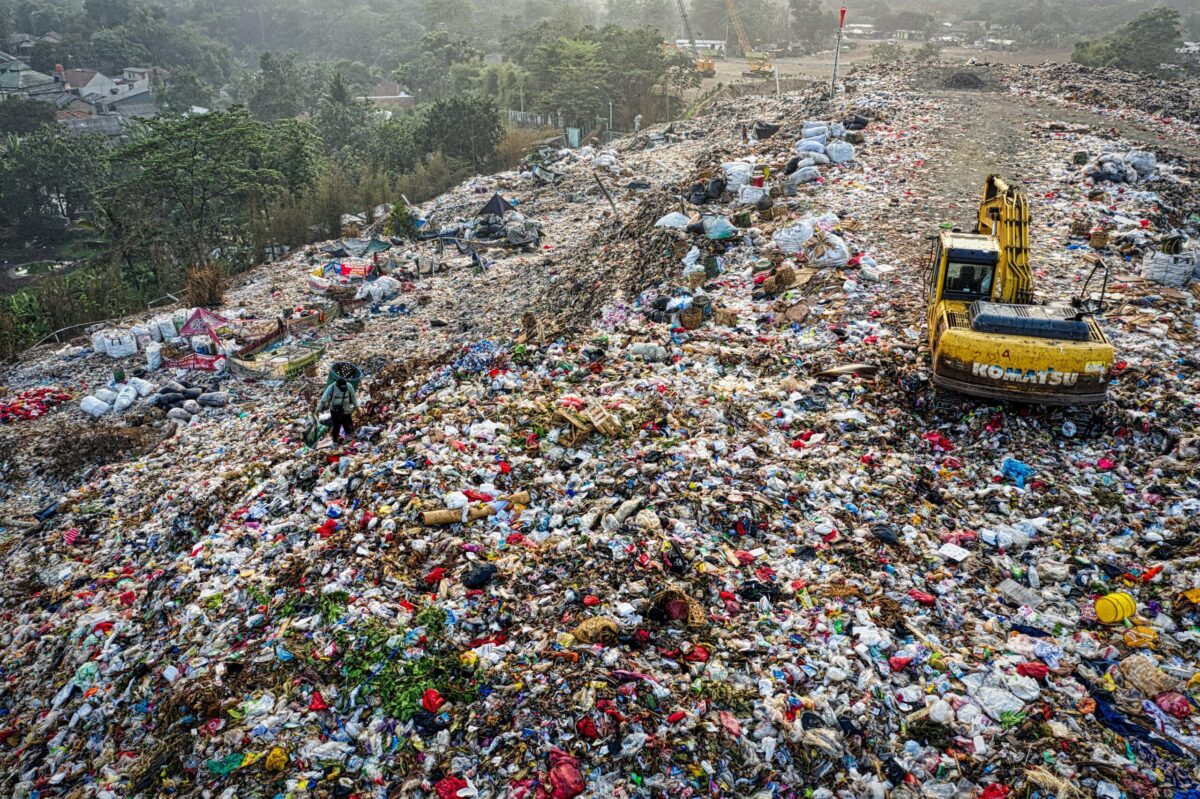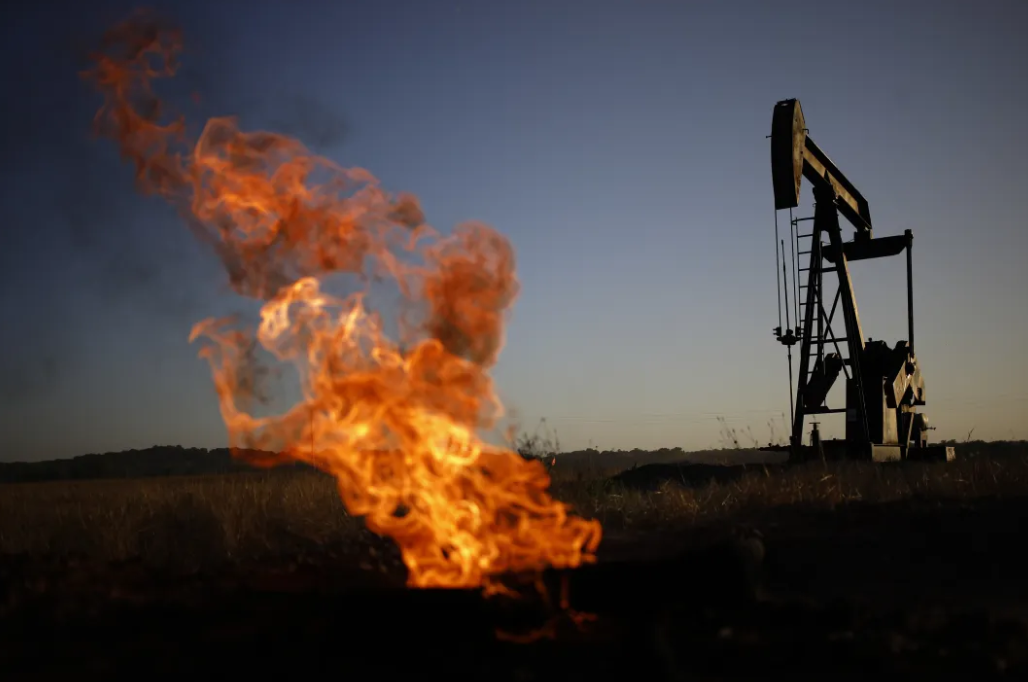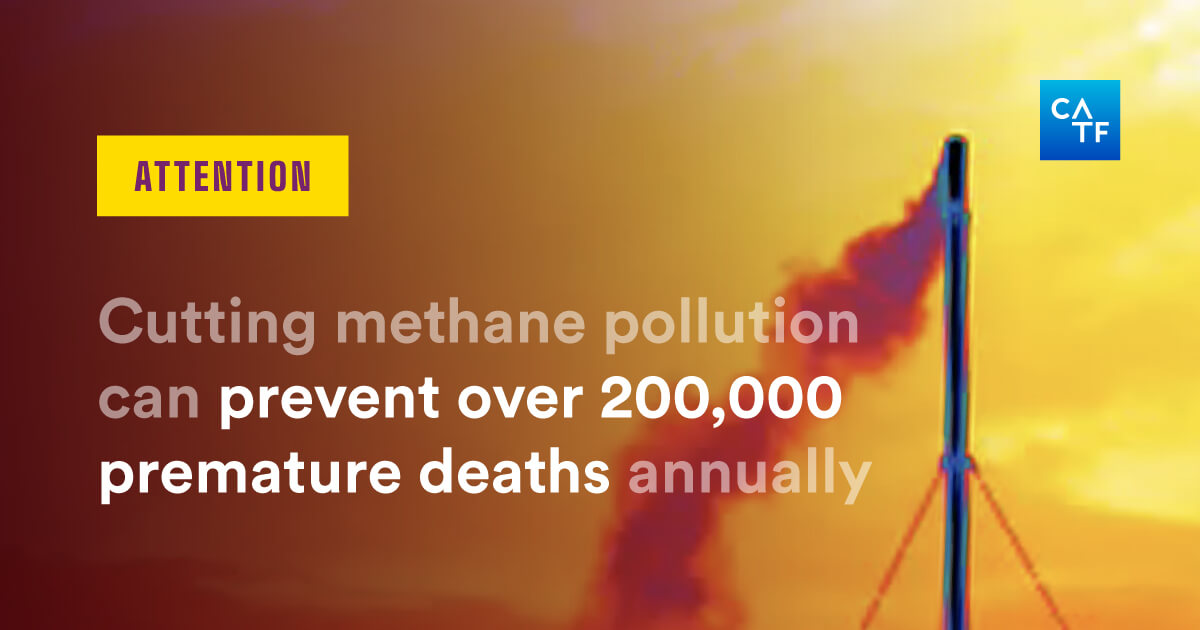23.09.2025
Methane Pollution : Impact On The Environment And Health
Methane (CH₄) is an essential gas on Earth, found in the atmosphere, aquatic environments, and underground. As a hydrocarbon, its simple structure gives it unique properties, consisting of a carbon atom bonded to four hydrogen atoms. This bonding makes it a valuable energy resource but also poses an environmental challenge as a potent greenhouse gas due to its ability to trap heat. It has a detrimental impact on the atmosphere and living organisms, contributing to over 25% of current global warming. Methane exists in the atmosphere as a gas, primarily originating from human activities such as livestock farming, the fossil fuel industry, and landfills, as well as from natural sources like wetlands through decomposition in anaerobic environments and volcanic activity. Although methane is a colourless, odourless and insoluble gas, it can become dangerous. At high concentrations, it is highly flammable when combined with air. Additionally, in confined spaces, elevated methane levels displace oxygen, creating a toxic environment that can cause asphyxiation. Methane remains in the atmosphere for 10-12 years, a significantly shorter time than CO₂. However, methane has an 80 times greater impact on the atmosphere than CO₂ over a 20-year period, as it traps infrared radiation emitted from the Earth’s surface. Methane also has 25 times the global warming potential of CO₂ over a 100-year horizon. Methane’s behaviour in the atmosphere acts as a barrier to thermal infrared energy generated at the Earth’s surface. This trapped heat leads to the greenhouse effect, accelerating global warming. The concentration of methane gas in the atmosphere has skyrocketed in recent decades due to industrial development, reaching exceptional levels. This increase is primarily driven by human activities, including agriculture, livestock farming, energy production, and waste management. Methane leaks from fossil fuels represent a major threat to the global climate. While less visible than CO₂, methane’s climatic impact is significant due to its higher global warming potential. Monitoring leaks, reducing emissions, and capturing methane in the fossil fuel industry are crucial actions to mitigate its impact on climate change. Landfills are one of the largest anthropogenic sources of methane emissions, due to the anaerobic decomposition of organic matter. The difficulty in detecting methane leaks and regulating them, because it is challenging to quantify—given that they are generally fugitive emissions like those arising from fossil fuel production —is the true challenge of methane pollution.
Credit: CATF
Credit: CATF
Poverty deprives people of adequate education, health care and of life's most basic necessities- safe living conditions (including clean air and clean drinking water) and an adequate food supply. The developed (industrialized) countries today account for roughly 20 percent of the world's population but control about 80 percent of the world's wealth.
Poverty and pollution seem to operate in a vicious cycle that, so far, has been hard to break. Even in the developed nations, the gap between the rich and the poor is evident in their respective social and environmental conditions.
Poverty and pollution seem to operate in a vicious cycle that, so far, has been hard to break. Even in the developed nations, the gap between the rich and the poor is evident in their respective social and environmental conditions.
